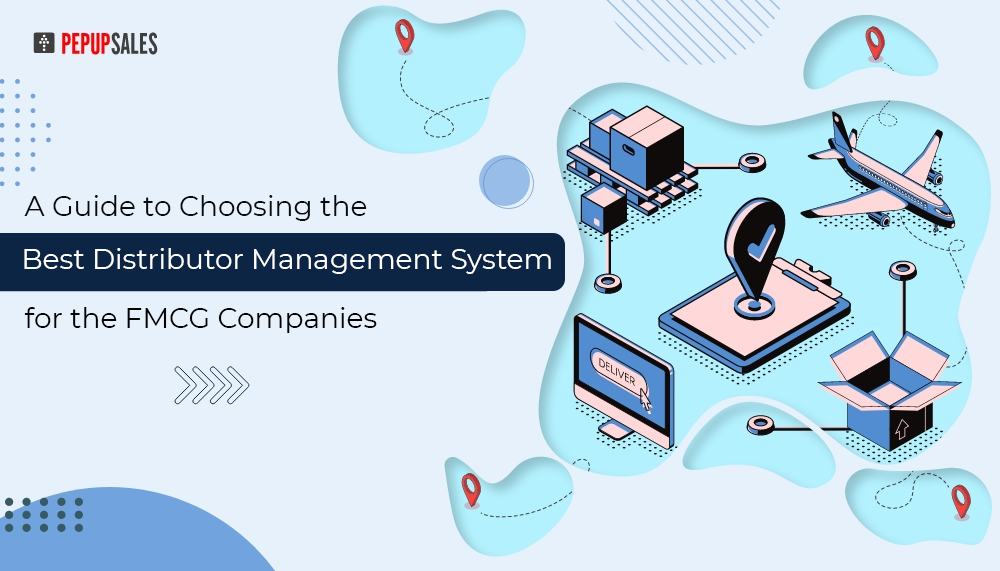Ecommerce Metrics: The Key to Boosting Your Business Growth
In today’s fast-changing digital world, online retailers are always looking for ways to improve their performance and maximize their profits. While many focus on launching new products or optimizing user experiences, there’s one crucial aspect that can reveal deeper insights into business performance—ecommerce metrics.
These metrics aren’t just numbers; they provide valuable data that can guide your business strategy, shape decisions, and set the foundation for long-term success. Understanding and tracking the right ecommerce metrics is essential for growth and staying ahead of the competition.
At Proximate Solutions, we recognize that ecommerce metrics are critical for scaling and optimizing online businesses. By identifying and tracking the right data, you can make informed decisions that drive efficiency, customer satisfaction, and revenue growth.
What Are Ecommerce Metrics?
Ecommerce metrics are key performance indicators (KPIs) that offer insight into various aspects of your online business. These metrics help ecommerce businesses measure and evaluate the effectiveness of their marketing efforts, customer behavior, sales performance, and overall business strategies. By analyzing these metrics, business owners and marketers can spot trends, identify areas for improvement, and make data-driven decisions that can boost profitability.
Key Ecommerce Metrics to Monitor
Every ecommerce business has unique goals, but there are certain ecommerce metrics that are universally important for assessing performance. Here’s a breakdown of the essential metrics to track for your online store’s success:
- Conversion Rate The conversion rate is one of the most crucial metrics for any ecommerce business. It shows the percentage of visitors who take a desired action on your site, typically making a purchase. To calculate it, divide the number of sales by the number of visitors, then multiply by 100. Why it matters: A high conversion rate indicates that your website is successfully guiding visitors to make a purchase. A low conversion rate, on the other hand, could point to issues with your site’s design, products, or checkout process. Improving this metric can significantly boost revenue without necessarily increasing traffic.
- Average Order Value (AOV) AOV measures the average amount spent per transaction. To calculate it, divide your total revenue by the number of orders within a given period. Why it matters: AOV helps you understand customer purchasing behavior and how much each customer contributes to your business. By increasing AOV through tactics like product bundling, promotions, or upselling, you can increase revenue without needing more customers.
- Customer Acquisition Cost (CAC) CAC refers to the cost of acquiring a new customer, including advertising spend, content creation, and promotional offers. Why it matters: Knowing your CAC helps evaluate the financial viability of your marketing efforts. If it costs more to acquire a customer than what they generate in revenue, you may need to adjust your marketing strategies or optimize your cost-per-acquisition.
- Customer Lifetime Value (CLV) CLV is the predicted net profit a business can make from a customer over the duration of their relationship. It’s a key metric for understanding customer loyalty and long-term value. Why it matters: CLV helps identify your most valuable customer segments and guides marketing efforts to retain those high-value customers. The higher your CLV, the more profitable your business will be over time. Improving CLV through loyalty programs, email marketing, or excellent customer service can significantly impact your bottom line.
- Cart Abandonment Rate This metric shows the percentage of shoppers who add items to their cart but leave without completing the purchase. Why it matters: A high cart abandonment rate suggests that there may be issues with your checkout process, such as unexpected fees, complicated forms, or concerns about payment security. Addressing these issues can help improve conversions and increase sales.
- Traffic Sources Knowing where your website traffic comes from—whether it’s organic search, paid ads, social media, email campaigns, or referrals—helps you understand which marketing channels are most effective. Why it matters: Analyzing traffic sources allows you to allocate resources more efficiently, focusing on the channels that bring the highest return on investment (ROI).
- Bounce Rate The bounce rate is the percentage of visitors who leave your site after viewing only one page. A high bounce rate might mean that your landing pages or content aren’t engaging or relevant to visitors. Why it matters: A high bounce rate indicates that your website isn’t capturing visitors’ attention. To reduce it, enhance the user experience, provide relevant content, and optimize page load times.
- Return on Investment (ROI) ROI measures the profitability of your investments. For ecommerce, it can be calculated for marketing campaigns, product launches, or other business initiatives. Why it matters: Tracking ROI helps assess the effectiveness of your spending. It allows you to determine whether a marketing strategy or product launch is yielding good returns or needs adjustment.
- Refunds and Returns Rate This metric shows the percentage of products returned or refunded after purchase. It’s an important indicator of customer satisfaction and product quality. Why it matters: A high return rate may signal issues with product quality, customer expectations, or the ordering process. Tracking and reducing returns is essential for maintaining profitability and customer satisfaction.
Why Ecommerce Metrics Matter for Your Business
Tracking ecommerce metrics is essential for making data-driven decisions that lead to business success. Here’s why they matter:
- Data-Driven Decisions: With the right metrics, you can make decisions based on hard data, not gut feelings.
- Performance Monitoring: Regularly tracking metrics allows you to monitor your business’s health and identify areas for improvement before problems arise.
- Optimization Opportunities: Metrics help pinpoint areas where you can optimize, whether it’s improving conversion rates, reducing cart abandonment, or increasing AOV.
- Customer-Centric Focus: Metrics like CLV and CAC guide you in building long-term, profitable relationships with customers.
Conclusion
Ecommerce metrics are critical for understanding your store’s performance, spotting opportunities for improvement, and making data-backed decisions that lead to growth. By tracking metrics like conversion rate, AOV, CAC, and CLV, ecommerce businesses can streamline their operations, boost revenue, and enhance customer satisfaction. At Proximate Solutions, we specialize in helping businesses use these metrics to succeed in the competitive ecommerce world.
If you’re ready to take your ecommerce business to the next level, start by measuring the right metrics today and watch your business thrive.














1 comment